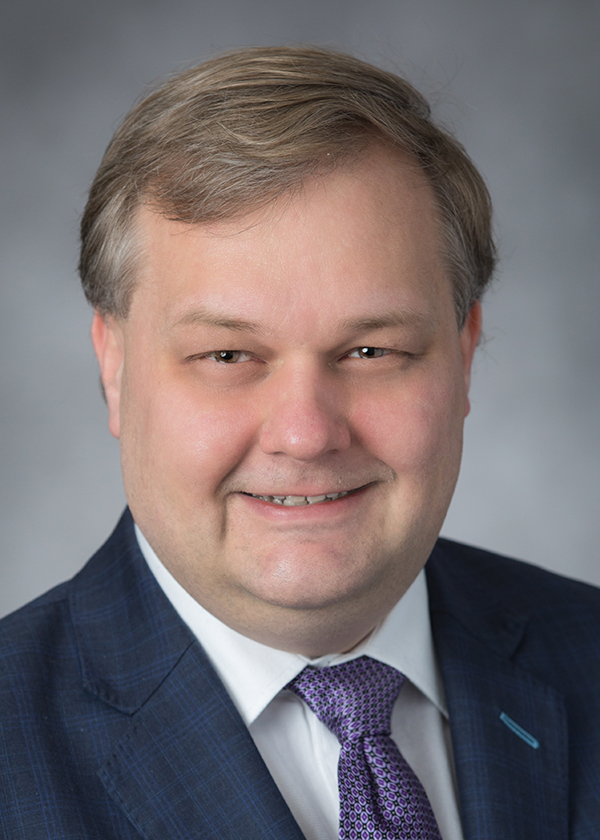Update on Healthcare Industry Relief
April 23, 2020 | Authored by Nicholas Fiume CPA
April 23, 2020 – The CARES Act, signed into law on March 27, 2020, authorized $2 trillion of economic relief for the Coronavirus Pandemic. The appropriations, initially short on details, provided broad latitude to government agencies to direct and prioritize aid.
The earliest rule-making centered on certain tax provisions broadly applicable to many individuals and businesses, and the popular “Payroll Protection Plan” (PPP) loans for small businesses.
As the regulatory rule-making process continues, there is now some further clarity on the $100 billion specifically appropriated for the health care system.
For more complete details, the Department of Health and Human Services (HHS) has posted a comprehensive listing of funding priorities on its website – https://www.hhs.gov/provider-relief/index.html
As a summary:
- $50 billion (half the $100 billion pool of appropriations) was earmarked for “general distribution to Medicare facilities and providers impacted by COVID-19). The money was (and is) to be delivered in two stages – a first meant to get everyone some cash quickly, and a second intended to “true-up” and more fairly distribute the remainder.
- The first $30 billion was distributed based on a simple formula tied to your calendar year 2019 Medicare Fee-For-Service (FFS) claims as a proportion of the nationwide claims paid of $484 billion (i.e. your facility’s payment should approximate 6.2% of your 2019 Medicare FFS claims). This money was delivered to entities with banking information on file ($26 billion) on Friday April 10 and came from United Health Group’s Optum Bank. Checks were mailed for the remaining $4 billion on Friday April 17.
- HHS recognizes that for certain entities, children’s hospitals are specifically mentioned, FFS may not be representative of their scale or need. Accordingly, they established a web portal to request certain basic cost reporting data (as most hospitals will not file their full Medicare cost reports until late May) to allow a distribution of the total by net patient service revenue rather than just FFS. The web portal is open on the HHS site. Additional funding from the additional $20 billion will be sent based on the cost report data beginning Friday April 24.
- This funding is a grant, not a loan, but recipients are required to sign an attestation within 30 days of receipt, acknowledging terms and conditions. For most entities, this attestation will be due by May 10 – but it is also needed to access the second $20 billion wave of funding, so most will want to submit earlier.
- The terms and conditions specify that providers will be required to “submit documents sufficient to ensure that these funds were used for healthcare-related expenses or lost revenue attributable to coronavirus.” It will be important to maintain records of the economic impact of the pandemic on your organization to ensure you can support keeping your grant upon a later audit by HHS.
- $10 billion for hospitals in high impacted areas. Hospitals eligible for this funding were directly contacted by HHS and invited to apply.
- An undefined pool for reimbursement of uninsured COVID-19 patients for services provided on or after February 4, 2020. Providers can register to participate in this pool beginning on Monday April 27, 2020 at https://www.hrsa.gov/coviduninsuredclaim. Claims submission can begin in May.
For remaining funding appropriated, or included in the supplemental relief bill expected to pass Congress this week, HHS has made the following statement:
The Administration is working rapidly on targeted distributions that will focus on providers in areas particularly impacted by the COVID-19 outbreak, rural providers, providers of services with lower shares of Medicare reimbursement or who predominantly serve the Medicaid population, and providers requesting reimbursement for the treatment of uninsured Americans.
Not many (if any) details on those targeted distributions yet, but if you do serve a predominantly Medicaid population or are a rural provider, watch the HHS and Centers for Medicare and Medicaid Services websites for more information in the coming weeks.
For a printable copy of this article, please click here.
For more information, contact Nicholas Fiume at nfiume@dopkins.com.

About the Author
Nicholas Fiume CPA
Nick is the Leader of Dopkins Healthcare and Not-for-Profit Practices. He provides assurance and consulting services to clients from a diverse mix of industries, including health care providers, hospitals, health and life insurance, charities and tax exempt organizations, manufacturing and financial services.

